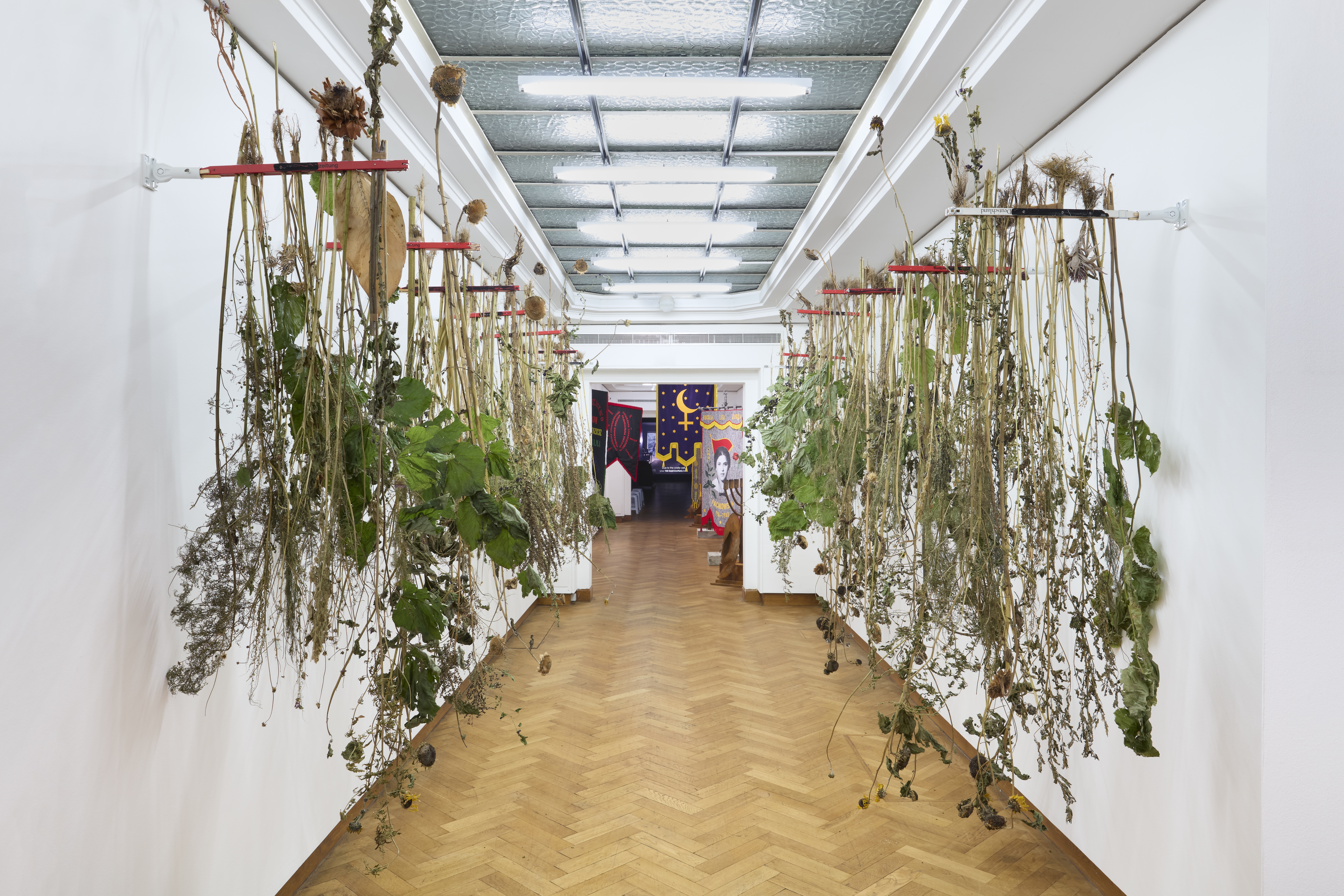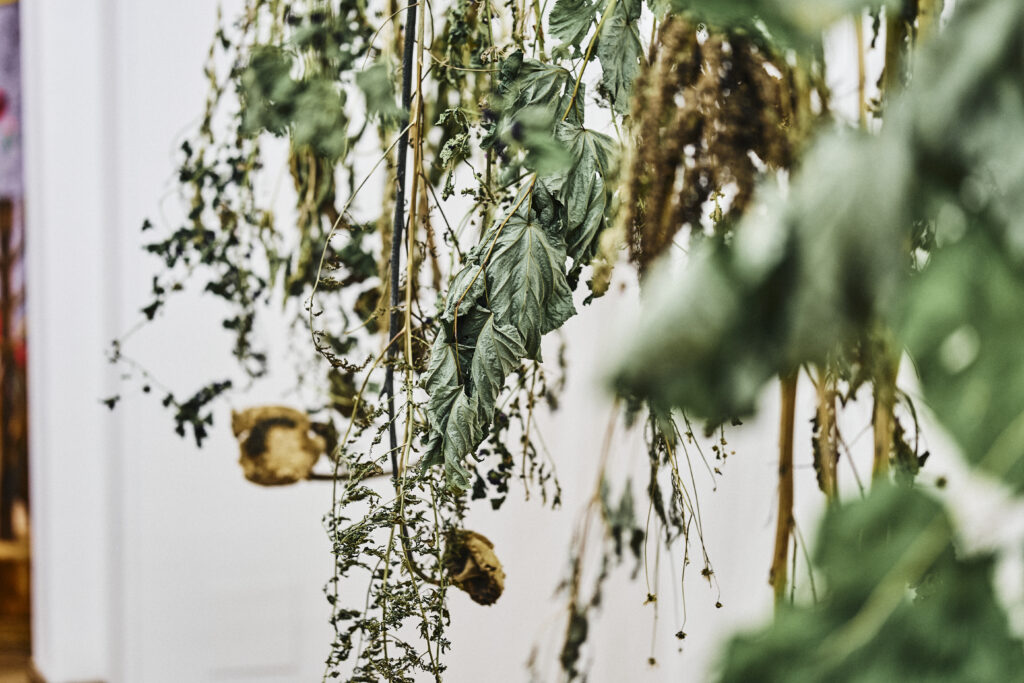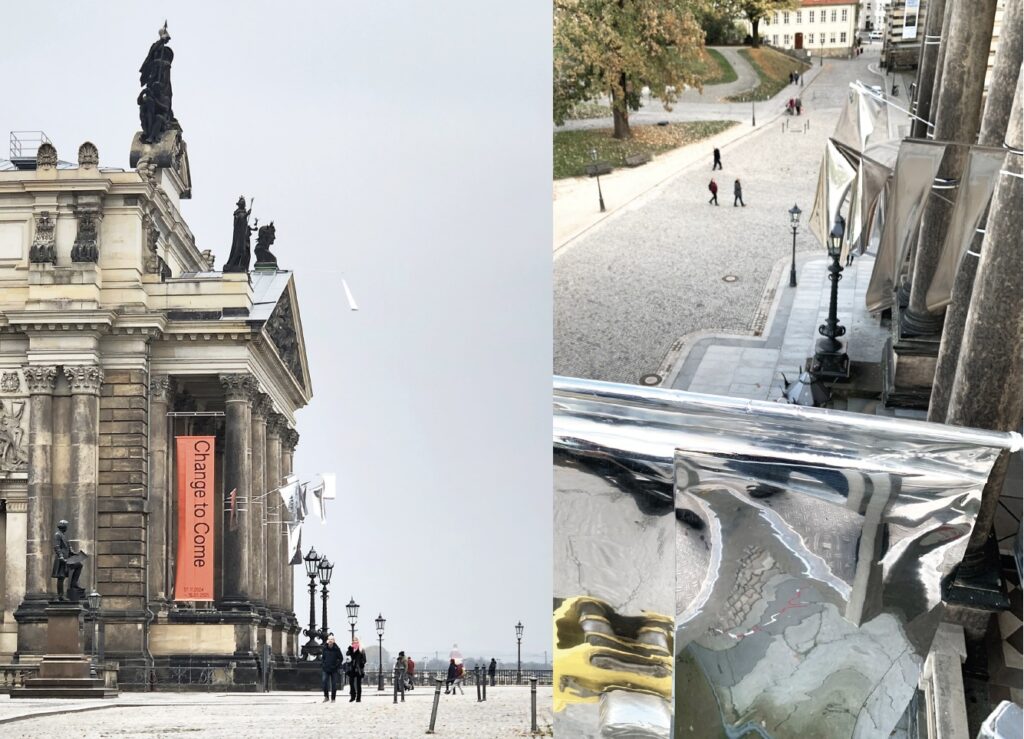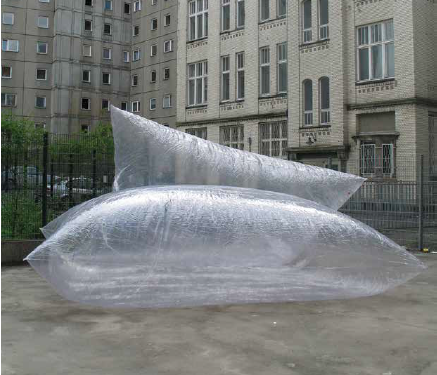NOW
🇵🇼 ARTBAT, Almaty KZ > 11.2027
🇩🇪 Kunstverein Berlin, D
🇵🇱Foundation Around Art, Warsaw, PL
🇧🇪 Bozar – Palais des Beaux-Arts, Bruxelles, B
🇩🇪 Foundation Matthäus, Berlin D
🇩🇪 Museum Kunsthalle Lipsiusbau, Dresden D
UPCOMING
🇦🇪 Al Qasimi Foundation, Ras Al Khaimah, UAE
🇳🇱 Capital Jubilee, Amsterdam NL
🇩🇪Tempelhofer Kulturbüro, Berlin D
FELLOW
Visual Arts Grant, Berlin Senate
IfA, Stuttgart
IAM, Warsaw
Bundesstiftung Kunstfonds, Bonn
2025
Familiar Strangers
Museum BOZAR – Centre for Fine Arts, Brussel.
14 Mar‘25 → 29 July‘25
Curator: Joanna Warsza
Familiar Strangers. The Eastern Europeans from a Polish Perspective is an exhibition of contemporary art reflecting upon recent changes in Eastern Europe. It starts from the perspective of diasporas, minorities and those who make the public sphere richer, in a region long considered culturally homogeneous, even if it was never truly a case. Each of the rooms of the exhibition is inhabited by a different artist, presenting paintings, sculptures, videos, films, installations, and textiles, gathering over 40 works by 13 artists, most of which are shown in Belgium for the first time. In a highly turbulent period for Europe, the exhibition explores how social and political struggles intertwine with personal stories. Familiar Strangers calls for the necessity of a Europe in which we see and hear each other for who we really are, with and despite our differences.
Curated by Joanna Warsza, an international curator currently a city curator of Hamburg and features works by Oliwia Bosomtwe, Assaf Gruber, Zuzanna Hertzberg, Renata Rara Kamińska, Jasmina Metwaly, Małgorzata Mirga-Tas, Ngo Van Tuong, Open Group, Janek Simon, Shadow Architecture, Jana Shostak and Mikołaj Sobczak.
MIEDZA – Renata Rara Kaminska
Commissioned by Bozar – Centre for Fine Arts, Brussels
Courtesy of the artist
Installation, 2025 ca. 1450 x 550 x 450 cm
“Do you know, sometimes I have the feeling that I am not a real human being, but some kind of bird, or another animal in human form. Inside, I feel far more at home in a little scrap of garden like this, or in a field among bumblebees and grass than at a party conference.” – Róża Luxemburg, Letters from Prison, 1917. Róża Luxemburg (1871-1919) is best known as an internationalist, an anti-imperialist, and a Marxist revolutionary. She has been considered a key figure in Germany’s anti-war and socialist movements from the late 19th and early 20th century. She is, however, less recognised as a Polish Jew and a passionate self-taught botanist. Since the end of the Communist era, Luxemburg’s legacy in Eastern Europe has been obscured and forgotten, also because she considered nationalism as a violent tendency. Artist Renata Rara Kaminska (lives in Berlin), who shares Luxemburg’s birthplace, the city of Zamosc has devoted a number of artworks to the revolutionary. The installation presented here refers to Luxemburg’s herbariums made during her years in prison in Wrocław shortly before her death. The herbarium becomes the garden Luxemburg always wished for and never managed to have. Miedza is full of dried flowers, weeds and wild plants that Luxemburg, and the artist after her, have been collecting such as thistles, nettles or trefoils. They pay tribute to the act of growing despite all odds, refusing to be unnecessary, keeping on going. Wild plants, which are often considered as uninvited guests, can in fact be essential in healing processes and stubborn in the will to grow. Something Róża Luxemburg always looked for, both in forests and in politics.


Foundation Matthäus
24 – 2 = 2022
double solo show with Alevtina Kakhidze
10.01.2025-10.03.2025
Foundation Matthäus, Berlin
Curator: Hannes Langbein
N/AER – Renata Rara Kaminska
Indoor sculpture, 2025, Vintage mahogany, silicone, 1400 x 700 x 600 cm
In the exhibition, Renata Rara Kaminska explores the theme of colonialism. She works with sculptural objects made from thin strips of veneer from rare African tree relics. The metaphor of man-made changes to ecosystems not only touches on questions of nature conservation, which are inherent to the discourse of the Anthropocene, but also political strategies of resistance against the actions of empires. installation, fine veneers made from tropical precious woods – phantom sculptures made from veneer for luxury furniture. The history of the material from which the sculptures are made is fascinating. Kaminska acquired the veneer from the family of one of the last German colonisers who lost their African land after World War I. The veneer, made from African mahogany, was on board one of the last ships that brought colonial goods to Hamburg in the 1910s and was then stored for about a century. The trees used for this veneer are still barbarically cut down in African, Asian and South American countries even though they are relicts and listed in the Red Book. Interestingly, similar veneer can be bought here as well as worldwide. Mahogany phantom objects are a reminder of the lost harmony between man and nature, the equality of peoples and biological species. Latent traits of colonialism are insidiously manifesting themselves in various areas of our lives. The abstract ‘scraps’ of red wood are a gesture that invites everyone to reflect on fundamental questions that can help to develop a strategy for restoring the delicate balance between the natural and the political, the civilisational and the ecological, ultimately on a local and global level. Colonialism in all its forms is a global phenomenon that has shaped and continues to shape policies and practices not only in Asia, Africa and the Americas, but also on the Eurasian continent. The colonial legacy and deep-rooted injustice continue to shape human and non-human ways of life on our planet, and the history and legacy of the Russian Empire and the Soviet Union should redefine our perspective from a post-colonial perspective. Colonialism and coloniality are not relics of the past: both phenomena continue to influence and shape every aspect of life on our planet today. And finally, how do we imagine our common future? What comes after the empire, after the ‘post-Soviet’ and after the collapse of nature?

2024
CHANGE TO COME
Museum Kunsthalle im Lipsiusbau, Staatliche Kunstsammlungen Dresden.
06.11.2024 – 22.03.2025
curated by Masha Isserlis and Magda Komornicka
Renata Rara Kaminska – SPY
Outdoor installation, Flags made of recycled PVC, aluminium poles, spy mirror foil
12 elements approx. 350 x 200 cm, flexibly installed on the façade
In this installation, the boundaries between observer and observed, between transparency and deception collide in a playful and profound way.10 flexible flags made of reflective, recycled PVC, which swing gently on the façade, transform the urban space into a silent dialogue about visibility and invisibility. These ‘broken mirrors’ reveal more than they conceal – and remind us how fragile our perception of public space is.The term ‘Venetian mirror’ sounds elegant, but it belies its often sinister use: police mirror, spy mirror – permeable and manipulable. Originally an optical masterpiece that reflects light on one side and lets it through on the other, this mirror enables unnoticed surveillance. Authorities such as the STASI or NKVD used it, but also the retail trade. These flags take up the aesthetics of the spy mirror and show us more: they make visible how the public space is secretly withdrawn from us by harmful, often invisible influences. The poisoned air depicted on the flags reflects the reality of Dresden and poses the question: What goes unnoticed?
Who controls and who really owns the public space? The reflective surfaces not only throw back light – they also take a critical look at ourselves and our environment.

10.12.2023—18.2.2024
Double Solo Show: We were, we are and we will be.
Brandenburg State Museum of Modern Art, Frankfurt O.
curated by Ulrike Kremeier
https://www.blmk.de
https://hearthis.at
Renata Kaminska in an interview with Jörg Heiser.Questions about the relationship between art as an aesthetic practice and social action have been among the core themes of Berlin-based artist Renata Kaminska from the very beginning. In terms of cultural philosophy and art history, the theorist Prof. Dr. Jörg Heiser has been dealing with artistic image strategies and un/freedom since the early 1990s. He is a professor at the Berlin University of the Arts, where he is director of the Institute for Art in Context.
2023
🇩🇪 Landesmuseum für Moderne Kunst, Frankfurt O. >02.24
🇨🇭Museum Franz Gertsch, Bern/Burgdorf > 18.9.2023
🇵🇱 Muzeum Openheim, Wrocław > 22.9.2023
🇵🇼 EGIN Art Space, Almaty > 17.9.2023
🇵🇼 ARTBAT public space, Almaty > 15.11.2023
My permanent sculpture, commissioned by City ALMATY. Concrete, Chernozem, Plants; 700cm x 210cm x 300cmIn frames on ARTBAT 2023. In City Hall Park of Almaty.

ARTBAT // 11.08 – 15.11.2023
The overall program of the festival is coordinated by the administration of Almaty city. It encompasses various projects, including community art initiatives, murals, audio installations, film screenings, and a series of projects that will continue after the festival concludes.
As part of the public art project, various areas of the city will be enriched with artistic elements, with the main focus on Baizetova Street. The intersections of Abay and Tole bi streets will host a variety of murals, augmented reality works, graffiti, and temporary installations.
Participating in the festival are artists such as Suarez Vargas Universal (USA/Kyrgyzstan), Birender Kumar Yadav (India), Renata Kaminska (Germany/Poland), Brinda Antonin (Czech Republic), Oksun Kim (South Korea), Lauren Moffatt (Australia), Saule Suleimenova (Kazakhstan), Saken Narynov (Kazakhstan), Aika Akhmetova (USA, Kazakhstan), and others.

EGIN, Almaty, KZ 08.08 – 15.11.2023
On August 24th, solo exhibition by Renata Rara Kaminska, a renowned Polish artist based in Berlin, will open. The event will take place at Egin Art Space and start at 7:00 PM.
Artist talk with curator Julia Sorokina; 26.08.23 at 2:00 PM.
Kaminska has participated in prestigious exhibitions at various museums and independent art events, including Museum Franz Gertsch (Burgdorf/Bern), Muzeum OPENHEIM (Wroclaw), Museum of Paper (Berlin), Public sculpture at Tempelhof Feld (Kulturbüro, Berlin), and Benetton Collection (Venice). Her activist practices focus on political engagement, women’s and minority rights, decolonization, and ecology.
Russia’s colonial policies, the war in Ukraine, and the decolonial discourse in post-Soviet countries have led Kaminska to Central Asia. She sees Kazakhstan not only as a country preserving traditions but also continuing its modernization in its own direction. For her exhibition, the artist addresses the issue of coloniality, working with sculptural objects made from so-called „invasive“ plants – thin strips of veneer from rare species of African relic trees. The metaphor of human-induced changes to ecosystems touches not only on issues of nature conservation inherent in the discourse of the Anthropocene but also on political strategies resisting the actions of empires.
2021
Solo – Urkraut, public sculpture at Museumsinsel Berlin, Art Week Berlin / Sept. – Oct. 2021
Solo – Spatium / Kunstverein Super Bien Berlin /20.8.2021 -03.10.2021
Übungsstadt Schnöggersburg, D / September 2021
Black Green, Kunstraum Wien, A / Februar 2021






